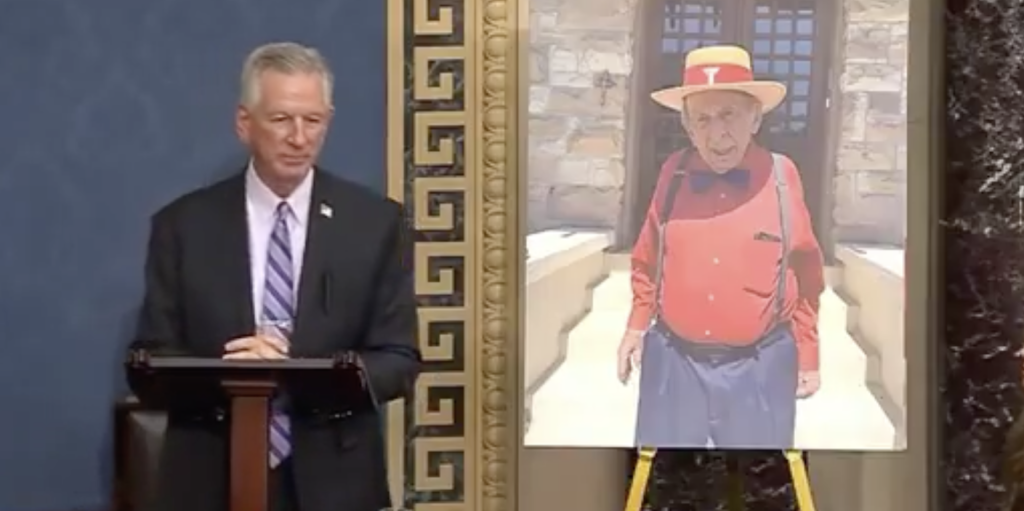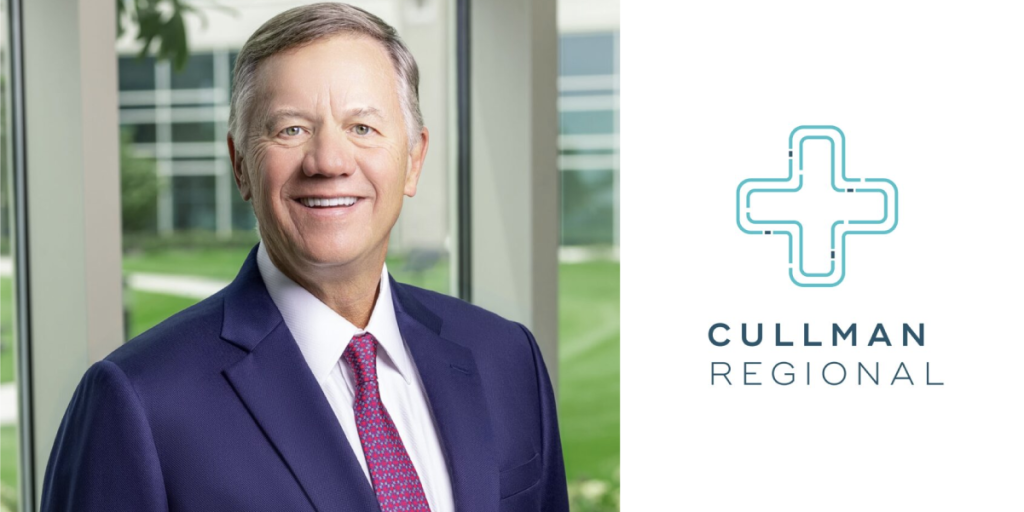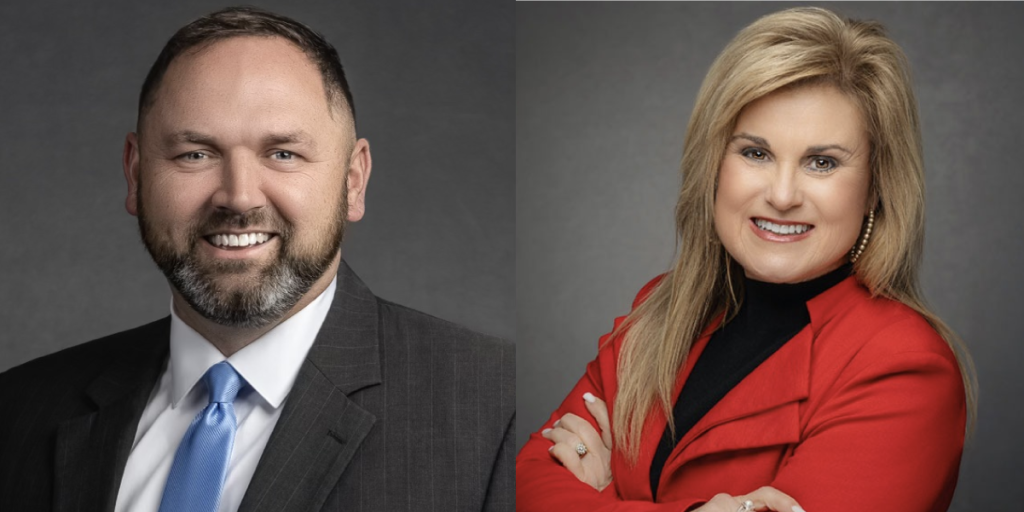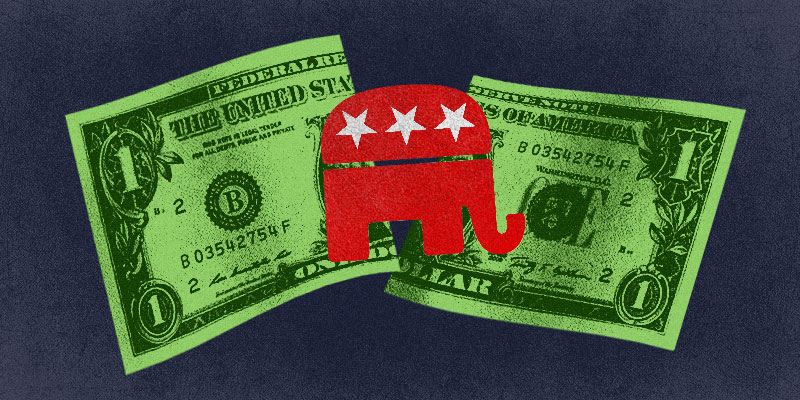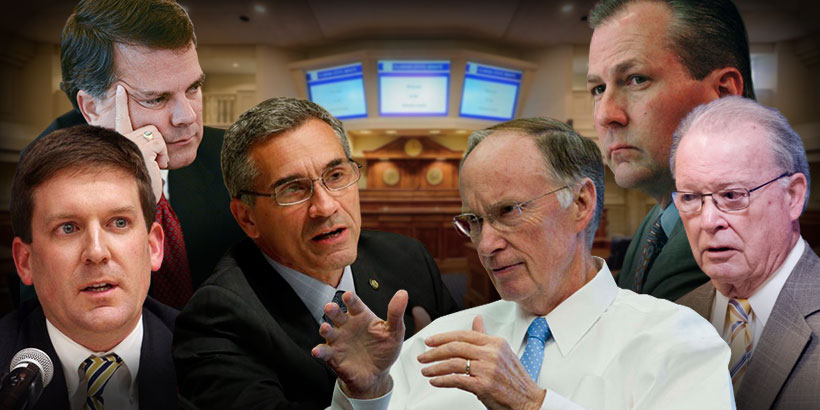
MONTGOMERY, Ala. — As Alabama lawmakers debate how to patch the General Fund’s $200+ million hole and ensure a sustainable path forward for the state, one state senator is fighting back against a popular argument used by opponents of reforming and combining Alabama’s Education and General Fund budgets.
Alabama is one of only three states with two separate budgets and roughly 91 percent of the state’s money is earmarked, making it impossible for lawmakers to set spending priorities in lean years. Defenders of this system have often claimed that combining the budgets would result in public education funding being “stolen” by the growing needs of the General Fund.
Alabama State Senator Paul Bussman (R-Cullman) asserts actual spending on education would be in a better position today if the State Legislature had combined the budgets years ago.
“Over the last several years, I have heard the argument that we cannot un-earmark our funds and unify the budget because we are worried that education money will be devoured by Genera Fund needs,” Bussman told Yellowhammer. “General Fund needs are already devouring the education money.”
As evidence of this, Sen. Bussman pointed to the decline of education spending as a percentage of total state spending over the last several fiscal years.
In order to “protect” education programs from further cuts, Bussman has proposed setting a minimum level of education funding as a percentage of the state’s total expenditures.
“Let’s say [the state legislature] unified the budget and set a very conservative minimum at 53% a few years ago,” said Bussman. “In 2015, they would have added an additional $103 million to K-12, post secondary, and higher education. 54% would have been an additional $213 million. But they didn’t, so we spent that money on other non-educational things.”
According to statistics from the Legislative Fiscal Office, 30 “non-educational programs” are funded through the education budget to the tune of $306,585,284 for the upcoming Fiscal Year.
Included in this number are some programs that do have educational components, including the Alabama Institute for the Deaf and Blind and the Department of Youth Services, but many other line items in the education budget appear to have no education-related function whatsoever.
Among those line items are:
Department of Examiners of Public Accounts — $6,266,034
The Alabama Law Institute — $650,000
The Legislative Fiscal Office — $456,763
The Legislature — $2,648,863
The Department of Commerce — $53,524,479
The Department of Public Health — $12,910,003
The Department of Human Resources — $27,539,792
Sickle Cell Oversight and Regulatory Commission — $1,304,701
And many others.
An additional $32,302,774 appropriation in the education budget goes to state universities and colleges to be used for purposes not strictly related to education. Many of these appropriations are from earmarked funds, meaning lawmakers cannot easily change their destinations without specific legislation.
Coupled with the $250 million in excess revenues the ETF tucked into its Rolling Reserve fund, the presence of this $338.8 million underscores the argument of many conservative lawmakers who insist the General Fund budget does not have a revenue problem, but rather has a earmarking and spending problem.
Conservative activists and commentators have been pushing for Republican leaders to take this opportunity to pass major reforms, rather than raise taxes or pass a short-term fix. Yellowhammer CEO Cliff Sims recently used a metaphor to describe the scenario lawmakers are currently facing:
Imagine a husband and wife maintain two separate bank accounts and split up the household bills. Unfortunately the husband, who’s tasked with paying the power bill, keeps coming up short month after month. Is the wife, who lives in the same house, actually going to allow her lights to be cut off? Of course not! But as silly as that may seem, Alabama’s budgeting structure — with two separate budgets and 91 percent of the money earmarked — is no less ridiculous.
House Education Budget chairman Bill Poole (R-Tuscaloosa) told Yellowhammer Tuesday he disagrees with this depiction of the education budget.
“I disagree with those who support unifying budgets in a vacuum as a solution to the problem,” said Rep. Poole. “We’re open to considering options that relate to transferring [to the General Fund] the remainder of programs funded by the Use Tax, which is a growth tax—something that the General Fund does need.
“The programs have educational components, and therefore can arguably be justified as education expenses,” Poole continued, “but if you look back at the education budget for a number of years you’ll see where funding programs were moved from General Fund to the ETF.”
Poole said he also disagrees with the idea that “excess” revenues from the ETF in Fiscal Year 2016 should be put toward the General Fund’s shortfall.
“What’s best for the long-term interest for the State of Alabama?” Poole asked. “In the State of Alabama it is fiscally conservative and responsible with every single taxpayer dollar to do the best you can to determine the best investment. In every investment you look at return on investment; well, what is the best return on the taxpayer dollar? Is it to invest in education, workforce development, jobs, and economic development—because those are the areas supported by dollars out of the education budget.
“Where does workforce development occur?” Poole asked. “In our K-12 schools, our two-year colleges, and our four-year universities. Do we want to invest in those things or do we want to take our dollars and put it into Medicaid and prisons?… In order to get people off the Medicaid rolls and out of prisons we need to educate our people, get them jobs, and grow the economy. That’s how you solve the Medicaid and prison problem—you don’t just throw money at it, you solve the core problems. Diverting resources from the solution to the problem doesn’t solve the problem.”
Proponents of combining the budgets note that a bill sponsored by Sen. Del Marsh (R-Anniston) may address the concerns expressed by Rep. Poole.
Currently, Medicaid makes up approximately 9 percent of the state’s total discretionary spending (both the General Fund and education budget), and corrections makes up 5.1 percent.
Marsh, the top senate Republican, has sought to cap Medicaid spending at 10 percent and corrections at 5.5 percent, allowing for some room for growth, but forcing accountability to rein in spending.
Sen. Bussman’s push to set a minimum level of education funding and Marsh’s idea to cap the main drivers of spending growth in the General Fund could continue to help conservative reformers in the legislature make their case while other pockets of lawmakers continue to tout tax increases and gambling proposals.
(Editor’s note: This article has been updated to clarify that the Alabama Institute for the Deaf and Blind and the Department of Youth Services do perform education-related functions and therefor could reasonably be included in the state’s education budget.)
Like this article? Hate it? Follow me and let me know how you feel on Twitter!
— Elizabeth BeShears (@LizEBeesh) January 21, 2015







